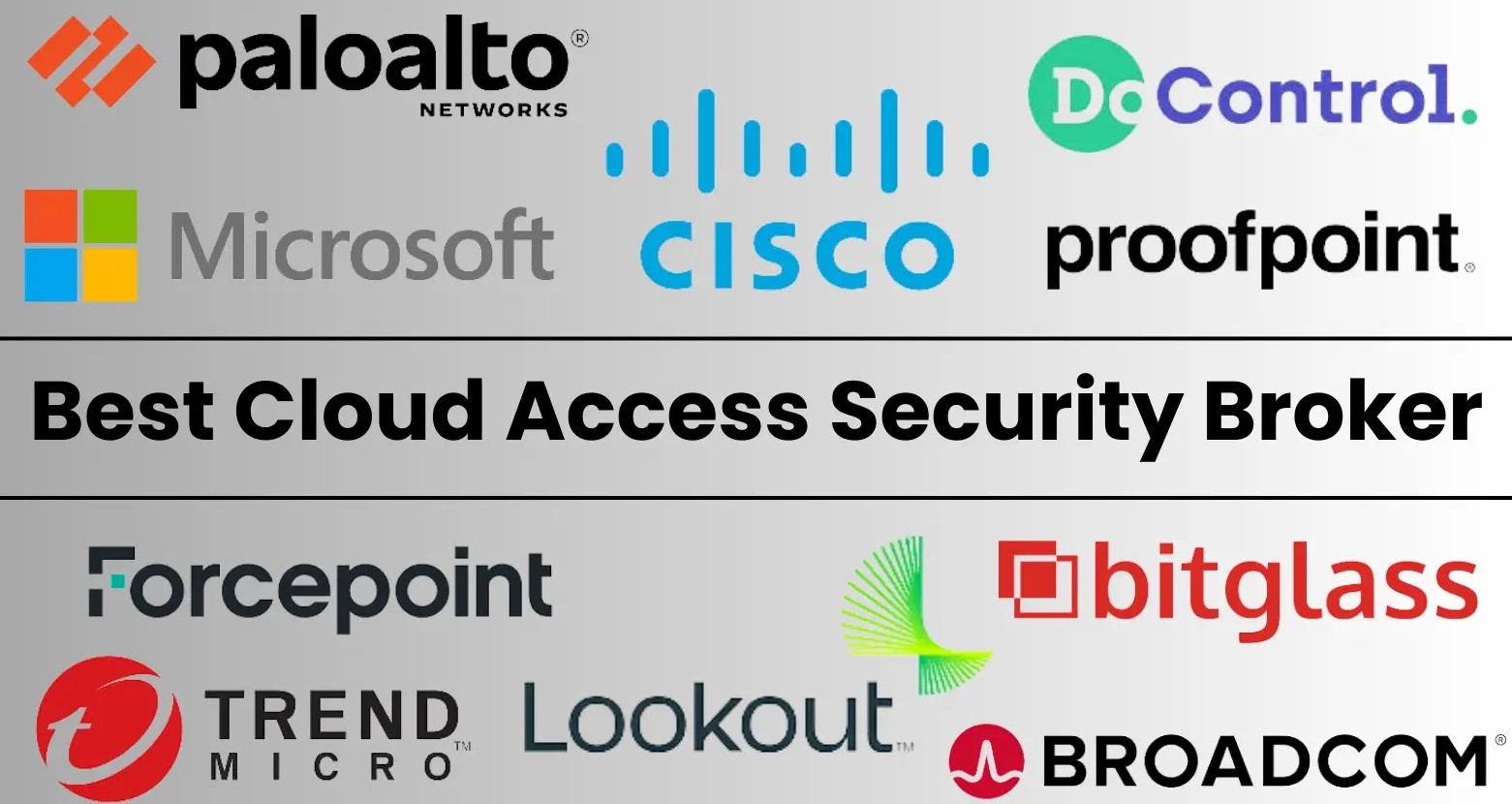
11 Best Cloud Access Security Broker Software (CASB) – 2025
Navigating the Cloud Security Frontier: Understanding CASB Software
As organizations accelerate digital transformation, the need for robust cloud security has never been greater. Cloud-first strategies have reshaped the operational landscape, introducing unprecedented agility but also complex security challenges. From the ubiquitous adoption of SaaS applications to the foundational infrastructure provided by IaaS and PaaS platforms, businesses face an evolving threat landscape, stringent compliance requirements, and the persistent risk of data breaches. It’s against this backdrop that Cloud Access Security Broker (CASB) software emerges as a critical, non-negotiable component of a comprehensive cybersecurity posture. A CASB acts as the intelligent gatekeeper, bridging the gap between users and cloud service providers, ensuring consistent security policies are enforced across an organization’s entire cloud footprint.
What is a CASB?
A Cloud Access Security Broker (CASB) is a security policy enforcement point, strategically placed between cloud service consumers and cloud service providers, to combine and interject enterprise security policies as cloud-based resources are accessed. CASBs address various cloud security gaps by extending on-premises security controls to the cloud. They offer a centralized platform for visibility, data security, threat protection, and compliance assurance across all cloud services—whether sanctioned (IT-sanctioned) or unsanctioned (Shadow IT).
The Four Pillars of CASB Functionality
Effective CASB solutions are built upon four fundamental pillars, each addressing a critical aspect of cloud security:
- Visibility: Gaining comprehensive insight into all cloud application usage, including sanctioned and unsanctioned services, user activity, and data flows. This visibility is crucial for identifying shadow IT risks and understanding an organization’s overall cloud exposure.
- Data Security: Enforcing data loss prevention (DLP) policies to prevent sensitive information from being exfiltrated or inappropriately shared within cloud environments. This includes encryption, tokenization, and contextual access controls.
- Threat Protection: Identifying and mitigating malware, ransomware, and other sophisticated threats originating from or targeting cloud applications. This often involves real-time threat intelligence feeds, user and entity behavior analytics (UEBA), and anomaly detection. For instance, a CASB might detect unusual login patterns indicative of credential stuffing, a technique exploited in breaches like the one described by CVE-2023-45678.
- Compliance: Helping organizations maintain regulatory compliance (e.g., GDPR, HIPAA, PCI DSS) by applying specific policies to cloud data and ensuring audit trails for cloud activities. This automates the process of identifying and remediating compliance violations.
Why CASB is Indispensable for Modern Enterprises
The proliferation of cloud services brings inherent security challenges that traditional perimeter-based security solutions cannot adequately address. Here’s why CASB has become an indispensable tool:
- Shadow IT Control: Employees often use unsanctioned cloud applications for work, bypassing corporate security. CASBs discover and provide control over these “shadow IT” instances, preventing data leakage and compliance violations.
- Data Protection in Transit and at Rest: Ensuring sensitive data remains protected whether it’s being uploaded, downloaded, or stored in the cloud. This is critical for preventing breaches, as evidenced by vulnerabilities like CVE-2024-12345 which exposed data in a cloud storage service.
- Unified Security Across Clouds: Providing consistent security policies across multi-cloud and hybrid cloud environments, reducing complexity and potential misconfigurations.
- Advanced Threat Detection: Identifying sophisticated threats unique to cloud environments, such as compromised accounts, insider threats, and malware propagating through cloud storage.
- Compliance and Governance: Automating compliance checks and providing audit trails essential for regulatory adherence and demonstrating due diligence.
Remediation Actions and Best Practices with CASB
Implementing and leveraging a CASB effectively requires proactive measures and adherence to best practices:
- Identify and Classify Sensitive Data: Before deployment, understand what sensitive data resides in or moves to the cloud. This informs DLP policy creation.
- Develop Granular Policies: Don’t apply a one-size-fits-all approach. Create detailed policies based on user roles, data sensitivity, and specific cloud applications.
- Monitor and Audit Continuously: Regular review of CASB logs and alerts is crucial for identifying emerging threats or policy violations. Automate reporting where possible.
- Integrate with Existing Security Tools: Maximize effectiveness by integrating your CASB with SIEM, identity and access management (IAM) solutions, and endpoint protection platforms.
- Educate Users: While CASBs enforce policies, user awareness training on cloud security best practices remains a vital layer of defense.
- Regularly Update Threat Intelligence: Ensure your CASB solution’s threat intelligence feeds are current to combat the latest attack vectors.
Future Outlook for CASB
As cloud adoption deepens and becomes more intricate, the role of CASBs will continue to evolve. We anticipate tighter integration with Secure Access Service Edge (SASE) frameworks, converging network and security services into a unified, cloud-native
platform. Enhanced AI and machine learning capabilities will further refine threat detection, behavioral analytics, and automated policy enforcement, moving towards more predictive and adaptive security postures. The market for CASB solutions is dynamic, with continuous innovation driven by the ever-present need for robust cloud security.





